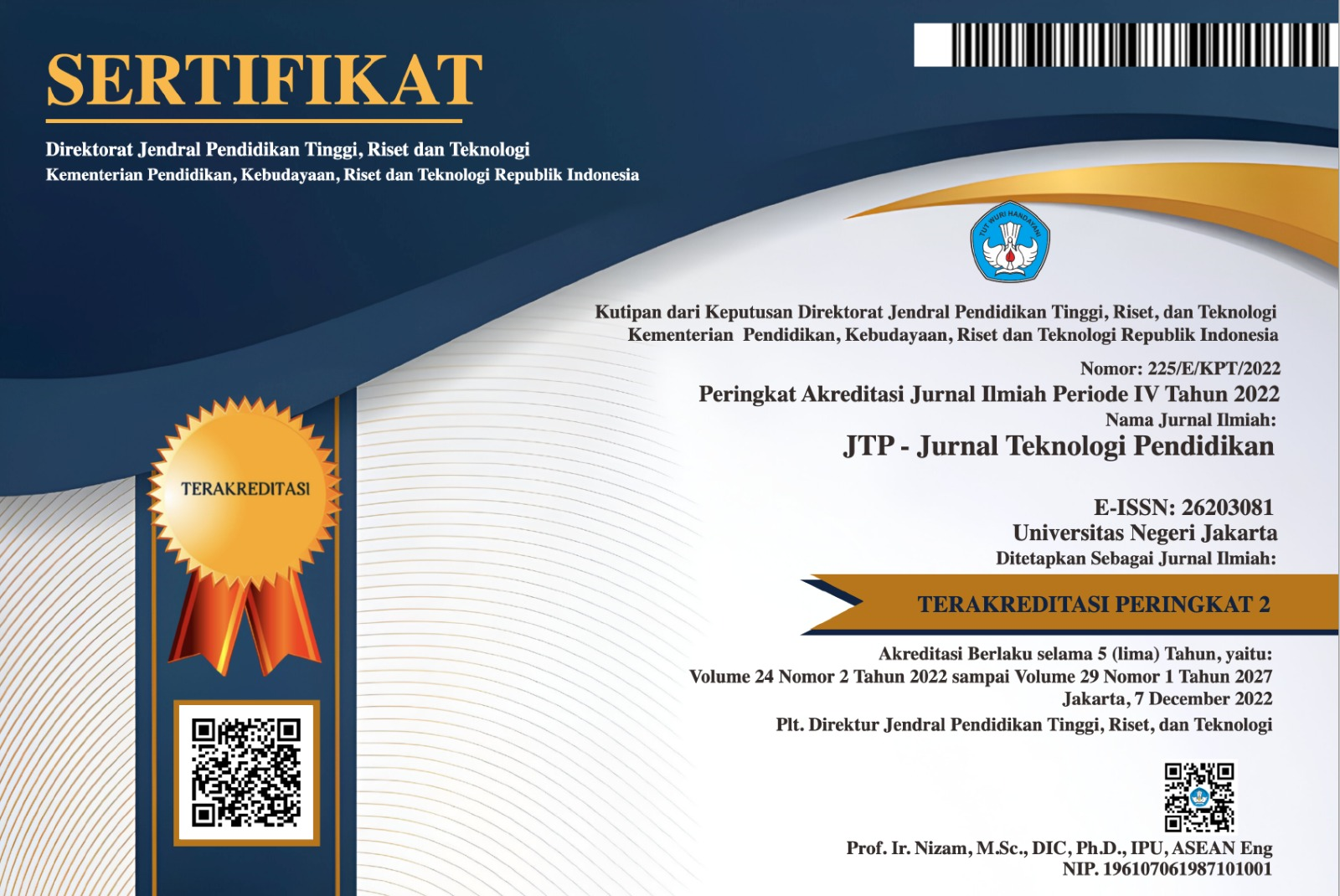| ACREDITATION |
 |
| SK ACREDITATION |
 |
| MANUSCRIPT TEMPLATE |
 |
| MAIN MENU |
| Focus and Scope |
| Reviewer Team |
| Contact Us |
| Abstracting & Indexing |
| Archiving |
| Journal History |
| SUBMISSION |
| Submit to JTP |
| Author Guidelines |
| Article Processing Charges |
| Sponsorship Disclosure |
| PUBLICATIONS |
| License & Copyright |
| Peer Review Process |
| Ethic Statement |
| Plagiarism Screening |
| Open Journal Management |
| INFORMATIONS |
| For Readers |
| For Authors |
| For Librarians |
| VISITOR |
| E-ISSN |
 |
| P-ISSN |
 |


